 Welcome
Welcome
“May all be happy, may all be healed, may all be at peace and may no one ever suffer."
Head lice

Head lice are tiny parasitic insects that live on the scalp and feed on human blood. They are most common in school-age children and are easily spread through close contact with an infected person or through sharing items such as combs, brushes, or hats.
Symptoms of head lice may include itching and irritation of the scalp, visible lice or eggs (known as nits) on the hair shaft, and small red bumps on the neck or scalp. Diagnosing head lice involves a thorough examination of the scalp and hair and the identification of live lice or nits.
Treatment for head lice typically involves using medicated shampoos or lotions that contain ingredients such as permethrin or pyrethrin, which can kill the lice and their eggs. These products are usually applied to the hair and scalp and left on for a specific period of time before being rinsed out. It may also be necessary to use a special comb to remove any remaining lice and nits from the hair.
In addition to medication, there are several other measures that can help manage head lice infestations, including:
- Washing all bedding, clothing, and personal items in hot water and drying them on high heat
- Vacuuming carpets, furniture, and car seats to remove any stray lice or nits
- Avoiding close contact with other people until the infestation is resolved
- Checking all family members and close contacts for head lice
It is important to follow up with a healthcare provider or lice specialist to ensure that the infestation is completely resolved and to prevent re-infestation. Additionally, good hygiene practices, such as avoiding sharing personal items and keeping long hair tied up, can help prevent the spread of head lice in the first place.
Research Papers
Disease Signs and Symptoms
- Itching
- Itchy scalp
- Dandruff
- Hair loss
- Rapid fluttering heartbeats (palpitations)
- Head lice
Disease Causes
Head lice
A head louse is a tan or grayish insect about the size of a strawberry seed. It feeds on human blood from a person's scalp. The female louse produces a sticky substance that firmly attaches each egg to the base of a hair shaft no more than 3/16 inch (5 millimeters) from the scalp.
The louse life cycle
A louse goes through three stages:
- Eggs that hatch after six to nine days.
- Nymphs, immature forms of the louse that become mature adults after nine to 12 days.
- Adult lice, which can live for three to four weeks. The female louse lays six to 10 eggs a day.
Transmission
Head lice crawl, but they can't jump or fly. Transmission of a head louse from one person to another is often by direct head-to-head contact, often within a family or among children who have close contact at school or play.
Indirect transmission is uncommon, but lice may spread from one person to another by items such as:
- Hats and scarves
- Brushes and combs
- Hair accessories
- Headphones
- Pillows, towels and upholstery
Indirect transfer could also occur among items of clothing stored together. For example, hats or scarves hung on the same hook or stored in the same school locker could serve as vehicles for transmitting lice.
Household pets, such as dogs and cats, don't play a role in spreading head lice.
Disease Prevents
Head lice
It's difficult to prevent the spread of head lice among children in child care facilities and schools because there is so much close contact.
The chance of indirect transmission from personal items is slight. However, to help prevent a head-lice infestation, you may instruct your child to:
- Hang garments on a separate hook from other children's garments
- Avoid sharing combs, brushes, hats and scarves
- Not lie on beds, couches or pillows that have been in contact with a person infested by head lice
A worry about head-lice transmission is not considered a good reason to avoid sharing protective headgear for sports and bicycling when sharing is necessary.
Disease Treatments
Your doctor will likely recommend an over-the-counter (OTC) medication that kills lice and some of the nits. These medications may not kill recently laid eggs. Therefore, an appropriately timed second treatment is usually necessary to kill nymphs after they hatch but before they become adult lice.
Some studies suggest that retreating seven to nine days after the first treatment is the ideal time for a second treatment, but other retreatment schedules exist. Ask your doctor for written instructions for a recommended treatment schedule.
Over-the-counter (OTC) products
OTC medications are based on pyrethrin, a chemical compound extracted from the chrysanthemum flower that is toxic to lice. Wash your child's hair with shampoo with no conditioner before using one of these treatments. Rinsing the hair with white vinegar before washing may help dissolve the glue that holds the nits to the hair shafts. Follow directions on the package for how long to leave the medication in the hair, and rinse your child's hair over a sink with warm water.
OTC medications include the following:
- Permethrin (Nix). Permethrin is a synthetic version of pyrethrin. Permethrin does not kill nits, and treatment needs to be repeated nine to 10 days after first application. Side effects may include redness and itching of the scalp.
- Pyrethrin with additives (Rid). In this OTC medication, pyrethrin is combined with another chemical that enhances its effectiveness. This product only kills lice, not nits, and needs to be reapplied nine to 10 days after first treatment. Side effects may include itching and redness of the scalp. Pyrethrin shouldn't be used if your child is allergic to chrysanthemum or ragweed.
Prescription medications
In some geographic regions, lice have developed resistance to OTC medications. Also, OTC treatment may fail because of incorrect use, such as not repeating the treatment at an appropriate time.
If the correct use of an OTC treatment has failed, your doctor may recommend a prescription treatment. These include:
- Ivermectin (Sklice). Ivermectin is toxic to lice. It is approved for use with people age 6 months or older. It can be applied once to dry hair and then rinsed with water after 10 minutes. Ivermectin is also available as a tablet to be taken by mouth to children weighing more than 33 lbs. if other topical treatments do not effectively eliminate a lice infestation.
- Spinosad (Natroba). Spinosad is approved for use with people age 6 months or older. It can be applied to dry hair and rinsed with warm water after 10 minutes. It kills lice and nits and usually doesn't need repeated treatment.
- Malathion. Malathion is approved for use with people age 6 or older. The lotion is applied, left to dry naturally and rinsed out after eight to 12 hours. The drug has a high alcohol content, so it can't be used with a hair dryer or near an open flame. Malathion can be reapplied seven to nine days after the first treatment if necessary.
Disease Diagnoses
Disease Allopathic Generics
Disease Ayurvedic Generics
Disease Homeopathic Generics
Disease yoga
Head lice and Learn More about Diseases

Worms
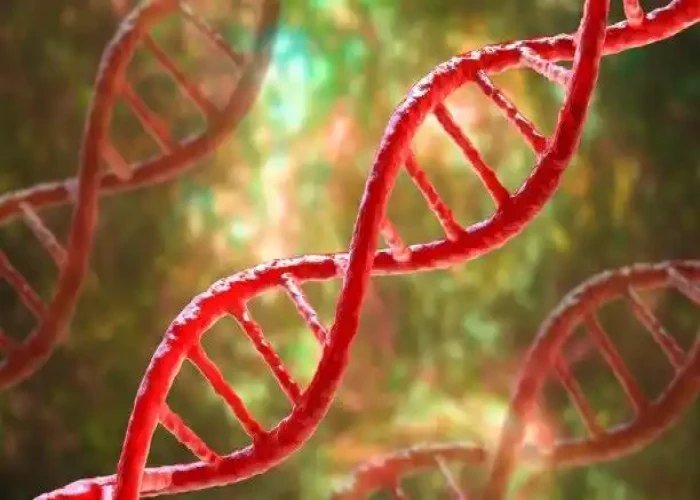
Turner syndrome
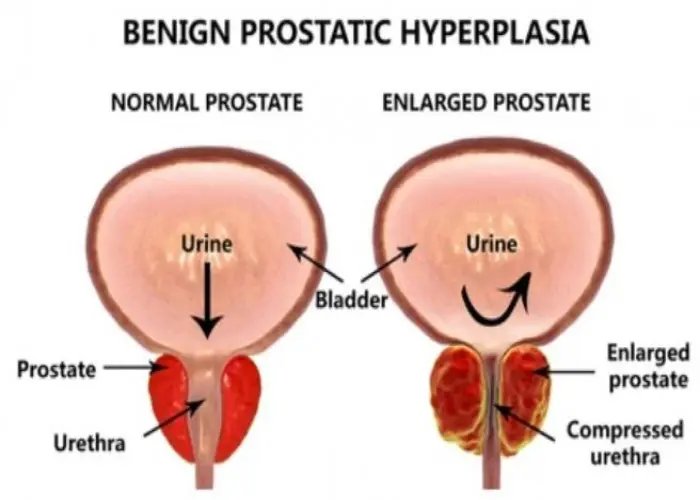
Benign prostatic hyperplasia (BPH)
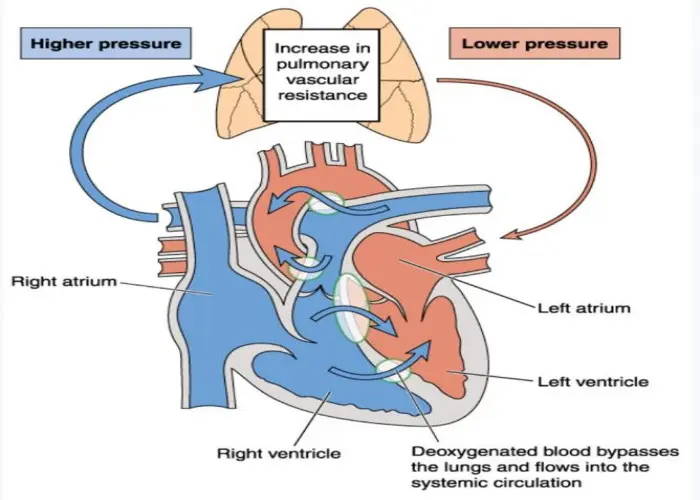
Eisenmenger syndrome
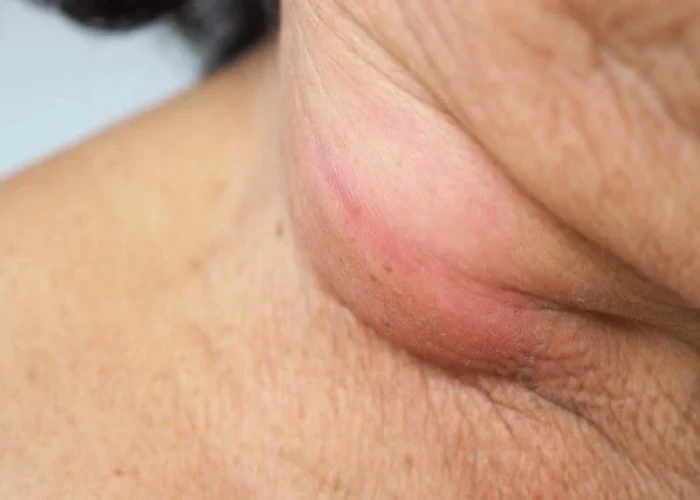
Lymphoma
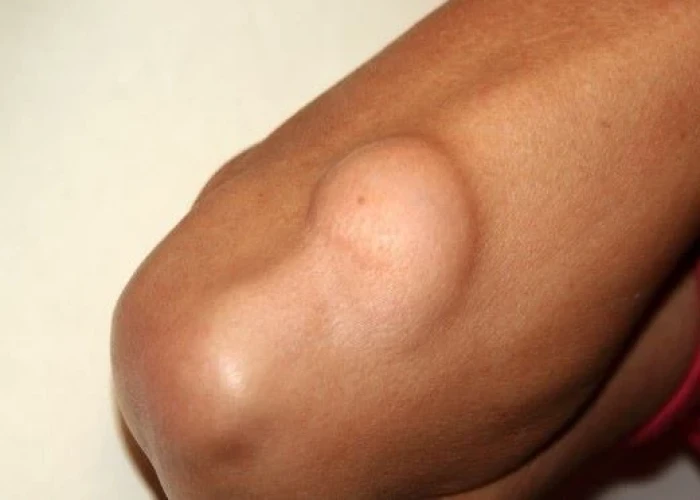
Liposarcoma
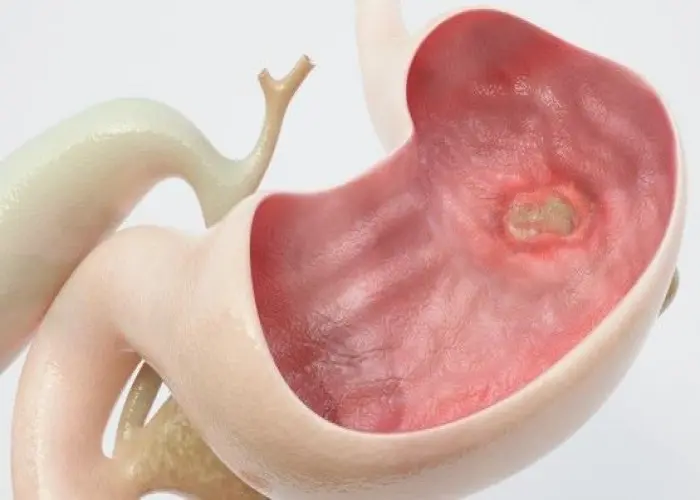
Gastric Ulcer

Retention of Urine
head lice, মাথার উকুন
To be happy, beautiful, healthy, wealthy, hale and long-lived stay with DM3S.
